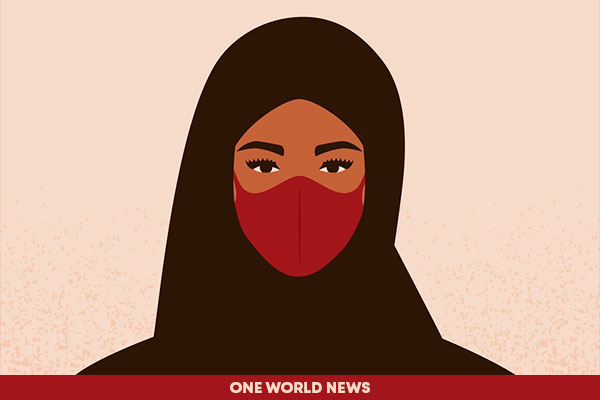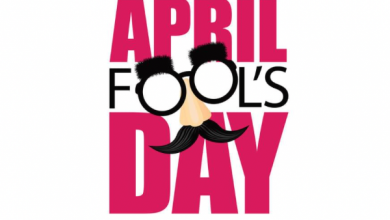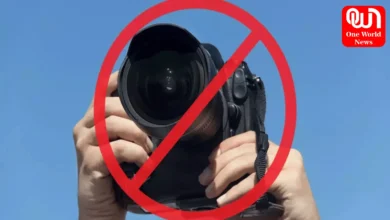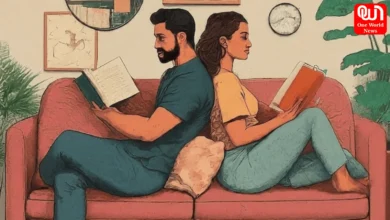
Is it right to consider banning hijab or Burqa in educational institutes disruptive of freedom of religion?
HIGHLIGHTS
No other attire of women’s clothing has courted as much controversy as the hijab has in the recent past
Several countries have banned burqas and hijabs in the past, courting controversies, and till date, it remain unresolved
Javed Akhtar, Kangana Ranaut among others have also reacted over whether students should be allowed to wear hijabs in educational institutions or not
India is a multi-religious and secular country where many faiths try to live with peace, harmony, and with dignity. And, as a secular country, everyone is free to dress the way they wish as the religion permits them and as one likes but subject to public order and peace and tranquility.
However, what is happening in the state of Karnataka is very unfortunate and now the Burqa controversy has spread to different states including Rajasthan & Delhi.
In fact, there should be no controversy. Muslim women are considering banning wearing hijab or burqa in educational institutes discrimination and disruption of their freedom of religion. But how is that right because when they will go back to their home, they can wear whatever they feel like? However, there are rules in educational institutes which everyone has to follow and it is not hard to understand.
A group of Muslim girls has been protesting for their ‘right to wear a hijab (headscarf)’ to college and now they have started protesting by wearing a full covered burqa (entire body covering veil) across the country.
Earlier this week, a student wearing a burqa was heckled by protesters (students) who raised ‘Jai Shri Ram’ slogans on the premises of a college in Karnataka. While hundreds of students chased Muskan Khan and raised slogans of ‘Jai Shri Ram’, the students of PES College of Arts, Science and Commerce in Mandya district confronted them by chanting ‘Allah-hu-Akbar’. The video of this whole act went viral on social media where several citizens have expressed their concern.
Recently, on Twitter, Javed Akhtar condemned the act and wrote, “I have never been in favour of Hijab or Burqa. I still stand by that but at the same time, I have nothing but deep contempt for these mobs of hooligans who are trying to intimidate a small group of girls, and that too unsuccessfully. Is this their idea of “MANLINESS”? What a pity.”
A day after veteran actress and BJP MP Hema Malini shared her views on the same, actress Kangana Ranaut too spoke on this matter on Instagram Stories, writing: “If you want to show courage, show it by not wearing a burqa in Afghanistan. Learn to break free, not cage yourself.”
Nobel laureate Malala Yousafzai had also expressed her thoughts along with other celebrities like Kamal Haasan, Richa Chadha, Swara Bhasker, Onir, and others, to the ongoing protests in Karnataka, condemning the “shameful state of affairs”.
POLITICS OVER CLOTHING
It is a matter of choice, Priyanka Gandhi Vadra reacted to the ongoing unrest in Karnataka over-wearing of the Burqa by the Muslim women. Priyanka took to social media giant Twitter to extend her support to women to exercise their right to choose to wear whatever they want – from ghoonghat to jeans or burqa to bikini.
She said in her tweet that whether it is a bikini, a ghoonghat, a pair of jeans, or a hijab, a woman decides what to wear adding that this right is GUARANTEED by the Indian constitution one should stop harassing women .. ‘Ladki Hoon Lad Sakti Hoon’, . she ended saying this in her tweet which is her UP election slogan.
Her brother, Rahul Gandhi, former Congress President also replied with a ‘thumbs up’ emoji to his sister.
Now, the question is — why is there a need for politics and controversy over the wearing of Burqa by Muslim women. Why political leaders are allowing this to snowball into a major controversy to disturb the communal harmony in the multi-religious country by turning into a Hindu -Muslim issue.
It is very sad and regressive that people living in the twenty-first century have politics over some clothing.
RELIGIOUS FREEDOM UNDER THE CONSTITUTION
The recently emerged Karnataka row from a group of students who insisted on attending classes while wearing a hijab or burqa turned into a protest against the February 5 order issued by the Karnataka government. The government in its order said that banning hijabs for students while attending classes was not a violation of any religious freedom guaranteed under the Constitution.
In India, what to wear and how to dress are obviously matters of personal liberty and freedom guaranteed under the Constitution. The only restriction could be decency and public morality however, these are not defined either in the Constitution or the Indian Penal Code.
Read More- What are The Challenges Associated with Business Loan Eligibility in India?
On Thursday, February 10, the Karnataka High Court however restrained students from wearing hijab/burqa or any religious attire till the matter is pending in the court.
A bar body has written to Prime Minister Narendra Modi to ensure that students wear school uniforms and not any religious attires like hijab or burqa as it is not permitted in “general secular institutions’ ‘. All India Bar Association claimed that “anti-social elements” were trying to spoil secular values in educational institutions by misguiding Muslim students to wear Niqab, Hijab, Burqa, etc. in place of the prescribed “secular dress code” of the educational institutions.
Let’s take a look at different kinds of Islamic clothing that women wear around the world as, despite the recent debate and the subsequent storm going on social media, many are still unaware of the difference between Hijab, Niqab, and Burqa.
Read More- The Future Of Hybrid Work
1. Hijab
This attire is the most popular veil worn in the West by Muslim women in the Arab world and beyond. It covers the chest, neck, and head, usually consisting of one or two scarves. Muslim women carry this attire in the presence of strangers or males outside of their immediate families.
2. Niqab
Another form of the veil that covers the entire body; however, leaving the eye area uncovered. There are two main styles of the niqab, half-niqab that consists of a headscarf and facial veil that leaves the eyes and part of the forehead visible and the full, or Gulf, niqab that leaves only a narrow slit for the eyes. The attire is popular across the Muslim nations and is most common in the Gulf countries. The niqab has created much debate in the past and some politicians have even argued for its ban where one of the reasons was security concerns.
Read More- Pulwama Attack Anniversary, We Will Never Forget, We Will Never Forgive
3. Burqa
Burqas and Niqabs are often confusing. Niqabs cover the face, but leave the eyes uncovered, while burqas are the full-body veil that covers the entire body, from the top of the head to the ground, with only a small screen allowing the person (wearer) to see in front. The attire is most commonly worn in Afghanistan and Pakistan. Under the Taliban regime in Afghanistan (1996–2001), its use was mandated by law.
4. Chador
This full-length shawl covers the head and the rest of the body but leaves the face completely visible. The attire comes most often in black and is used by Muslim women which are common in the Middle East, specifically in Iran as a combination head covering, veil, and shawl.








